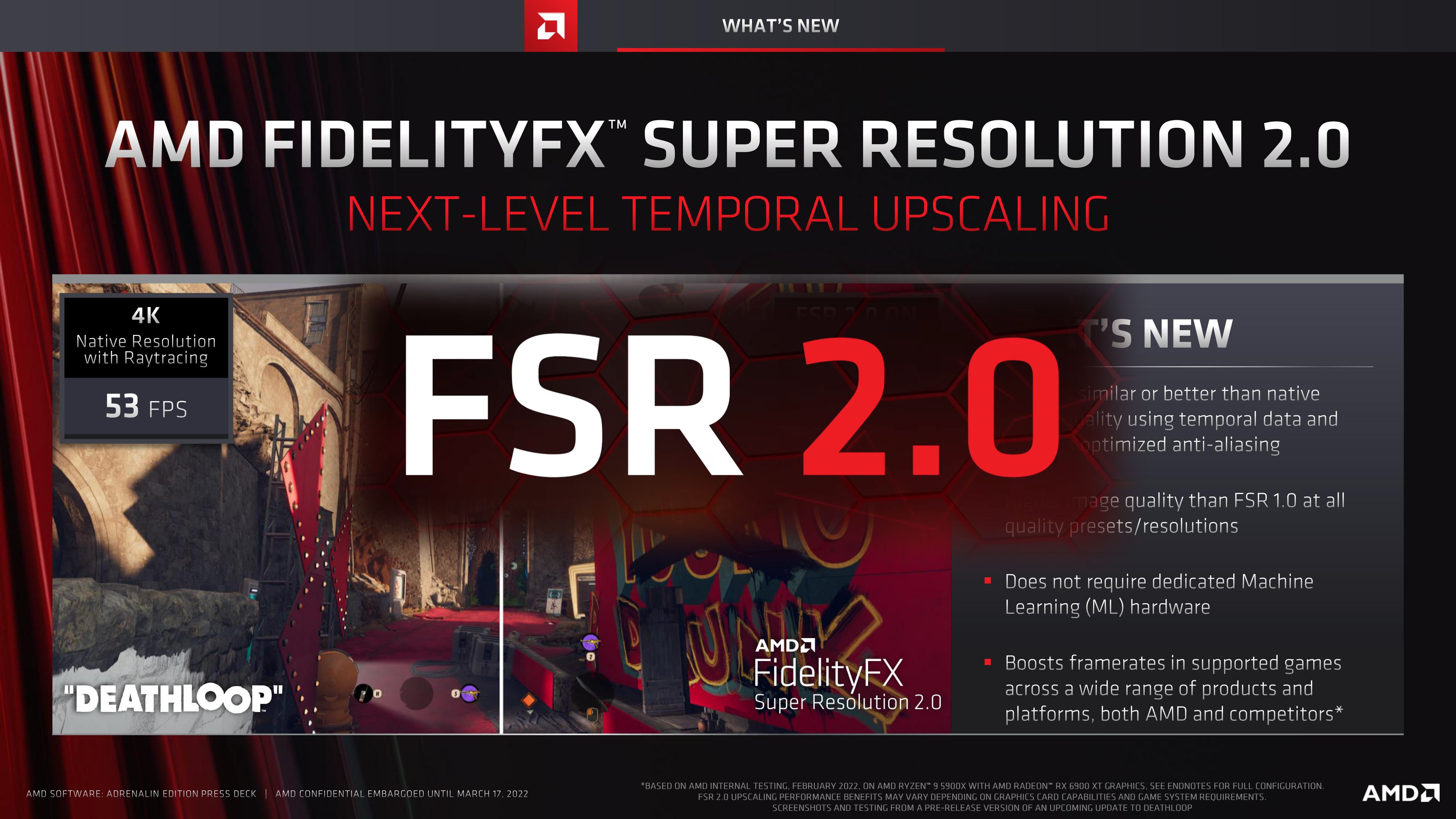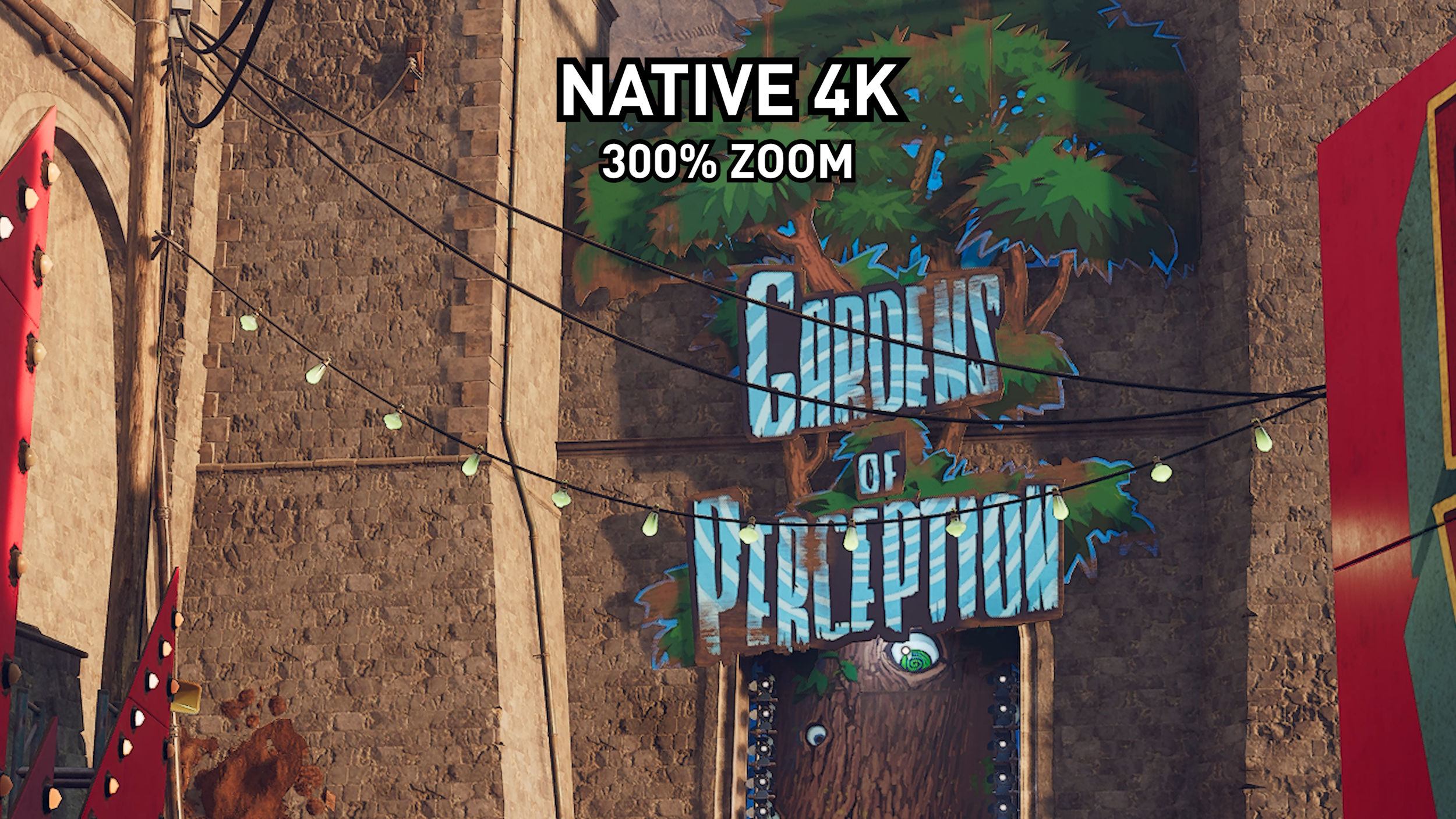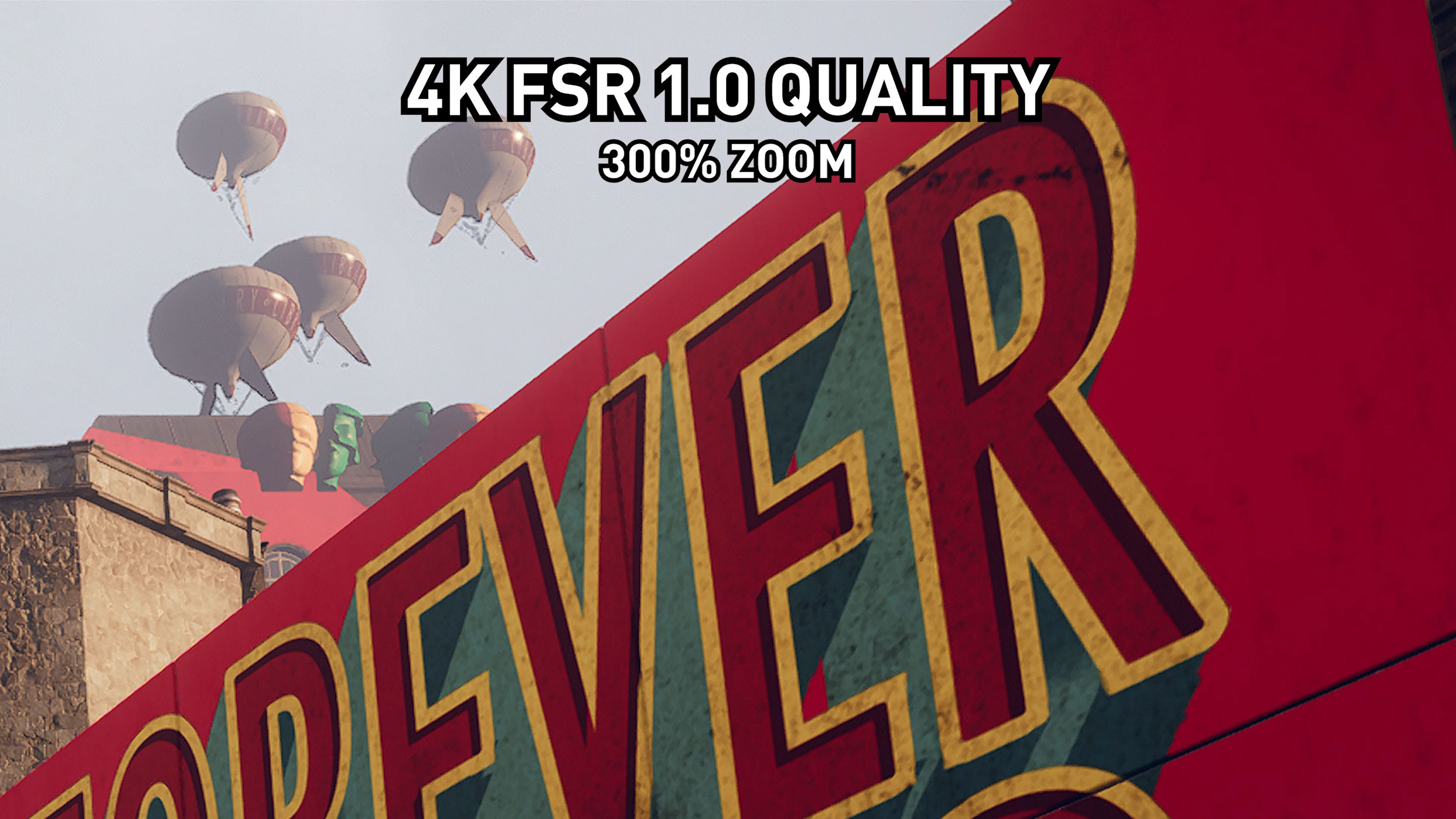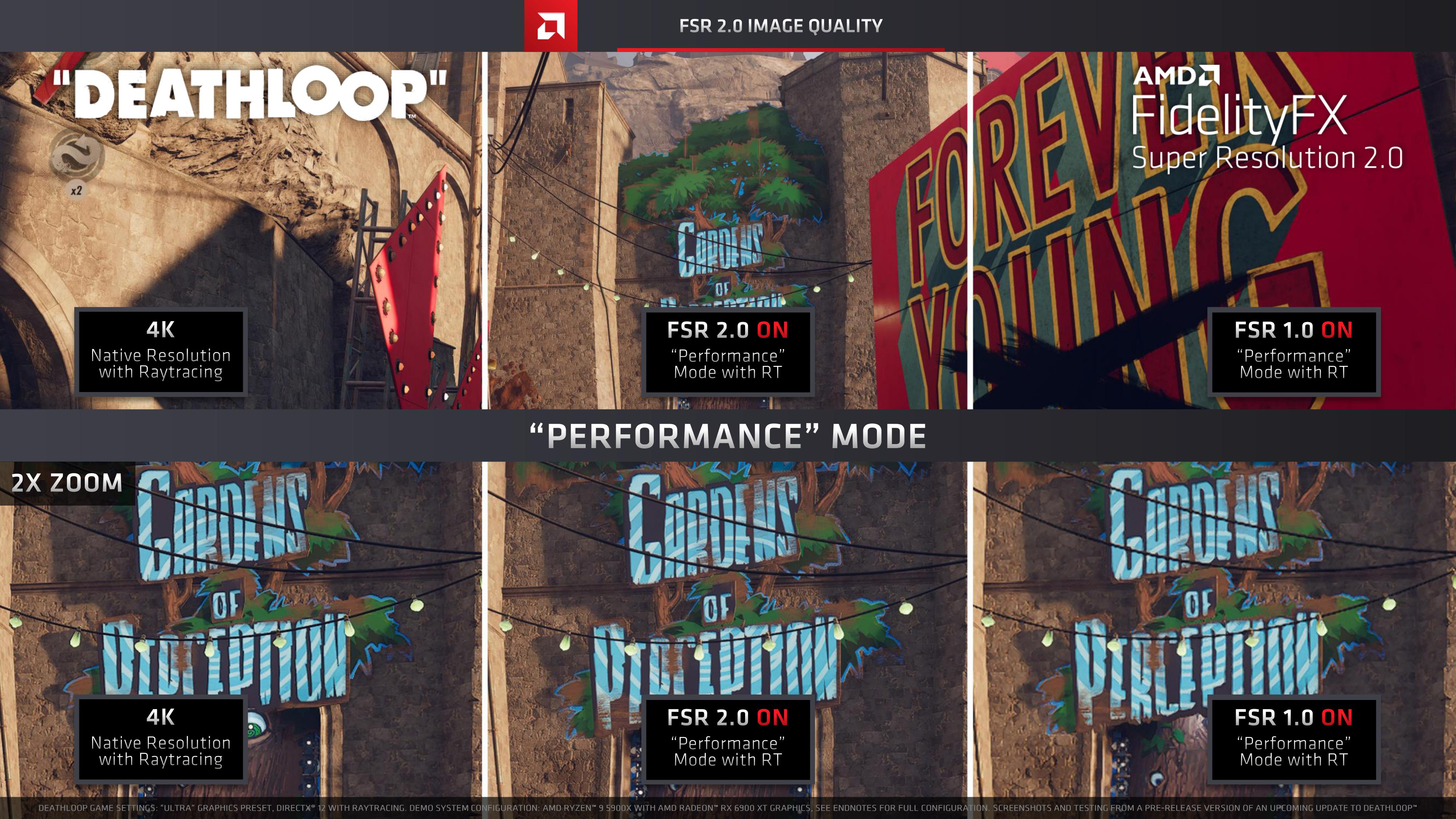I do not think Nintendo necessarily follows "conventional wisdom", much less your definition of "logic".
I do not see them attempting to imitate Sony and Microsoft in branding/marketing. That is something most "gamers" (of the Sony/Microsoft variety) have been wanting Nintendo to do, to "get with the times" so to speak, even though their mindset is in the wrong place.
You are also assuming this next iteration or successor, should it retain the Switch branding, will not have any brand new hooks nor "gimmicks". I would suspect that if it does, the name will center around this differentiating factor.
Note that "Nintendo Switch OLED" pretty much highlighted the biggest change/upgrade in the iteration, with other features (new kickstand, better speakers, new dock with built-in ethernet) being tertiary.
I really doubt they will call it "Nintendo Switch 2" and cause more confusion, since the "Nintendo Switch OLED" and "Nintendo Switch Lite" might also be perceived as "Nintendo Switch 3 and 2", respectively.
Its not point about following "conventional wisdom" or even less about imitate Sony and Microsoft in branding/marketing (because console are not only tech products where you have numbers with naming), but its point about what makes most sense in current time with this new hardware for Nintendo, point that Sony using numbers in naming doesnt mean and it shouldn't mean nothing for Nintendo.
I saying that if this is really next gen Switch like current information saying, that most logical would be to name it Switch 2.
Thing is that Switch branding and hybrid concept is here to stay, having that on mind that hybrid concept will will be main concept of future Nintendo hardware releases, it has most sense that every next gen hardware get number in naming, because than you could easily and simple have next gen revisions namings also. For instance this next gen Switch 2, than you have Switch 2 lite, than you have Switch 2 "something", than you have Switch 3, Switch 3 Lite, Switch 3 "something"...and by not naming Switch 2 you basically getting with another 3DS situation with bad naming.
OLED is basically regular Switch with OLED screen (and double internal memory), so its revision with minimal differences, so it did made sense to call it OLED,
because Switch OLED naming says that difference is about that OLED screen.
On other hand, we here talking about next gen hardware, (stronger and new CPU, stronger and new GPU, new and more RAM, new and more internal memory, new hardware and software features...and who knows what else), and Switch 2 naming says exactly that, next generation of Switch hardware, very clear and simple.
Saying that next gen hardware with naming Switch 2 would make confusion is not good argument in world where we had much worse namings, for instance Wii U after Wii, or 3DS after DS, followed by 3DS XL, 2DS, New 3DS, New 3DS XL, New 2DS XL
Even Switch Lite is good example that not even not that good naming doesnt make confusion, Switch Lite naming tells us its smaller or somehow weaker/less capable Switch, but it doesnt says you cant use it on TV and played it on dock.
So before launch you could say that naming like that could be make big confusion because main point of Switch is to play it in handheld or TV mode, and Lite naming dont says it cant be played in TV mode (so its huge difference compared to regular Switch), and at end there was no confusion, because Nintendo on reveal and with marketing explained what Switch Lite really is.
Switch 2 would made even less confusion (counting on reveal information and marketing) than Switch Lite did.
Switch 2 will mostly be compared to PS2.
Nintendo is not Playstation. And that's a good thing.
Yeah, because everyone will say, "Sony has Playstation 5 and Nintendo has Switch 2, I better buy Playstation 5!"

Offcourse that Nintendo is not Sony, and even less that Nintendo is becoming Sony by calling it Switch 2 (lol),
but reality is that in industry companies often replicated good things from competition (for instance Sony replicate Nintendo Directs with its State Of Play) or tech companies. Also have on mind that number naming for new hardware is not Sony thing, plenty companies doing same thing in other part of tech hardware, for instance on phone or TV market.











